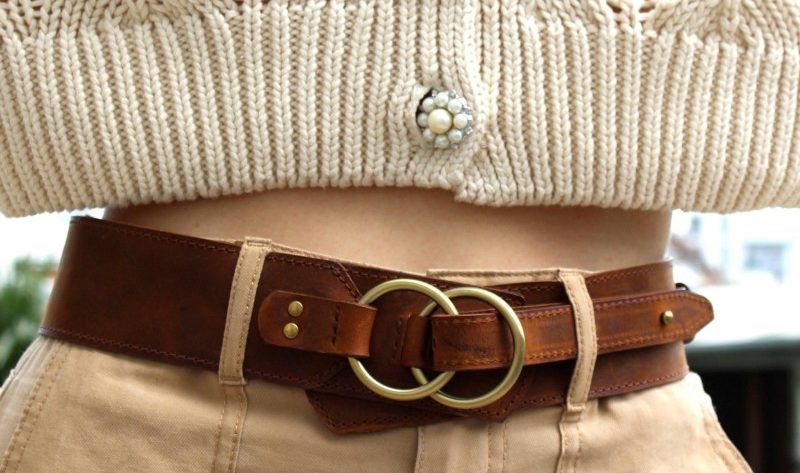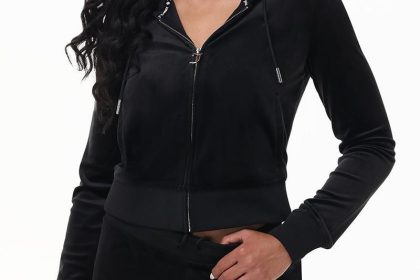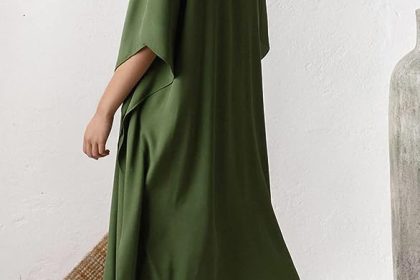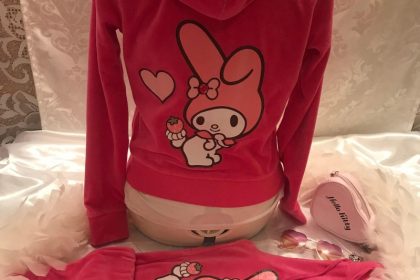Wardrobe essentials vary from person to person, but one item that undeniably stands out in any collection is the belt. Belts not only serve a functional purpose—holding up your pants or cinching a dress—they can also be style statements that elevate your outfit. However, for those who wear plus sizes, finding the right belts can sometimes be a challenge. Plus size belt options and measurements are essential considerations that can make or break the overall look. The right belt can define your waist, enhance your silhouette, and add charm to your ensemble, while the wrong fit can lead to discomfort and dissatisfaction. In this comprehensive guide, we will delve into the various belt options available for plus size individuals, discuss how to take accurate measurements, and uncover tips for styling and wearing belts effectively. Ultimately, you will walk away with the knowledge you need to select the best plus size belt options that complement your unique body type and fashion preferences.
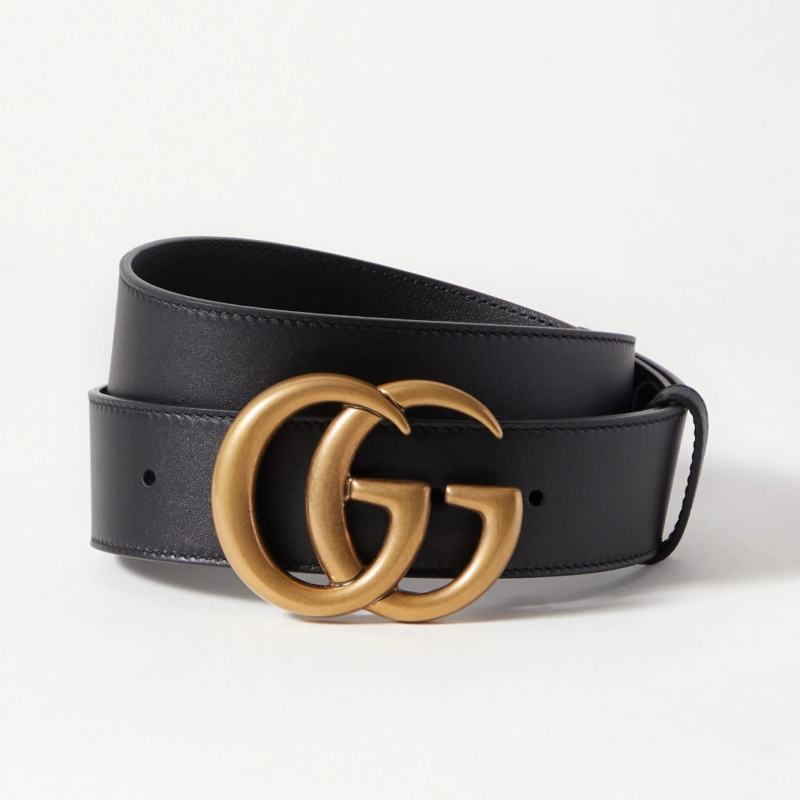
Understanding Plus Size Measurements
Before exploring different plus size belt options, mastering the concept of measurements is crucial. Accurate measurements ensure that you select belts that fit comfortably and enhance your style.
Taking Your Waist Measurements
When it comes to belts, knowing your waist size is the foundation of finding the right fit. Here’s how to measure your waist accurately:
- Find the Right Spot: Stand up straight and locate the smallest part of your waist, often just above your belly button.
- Use a Soft Measuring Tape: Wrap a flexible measuring tape around your waist. Ensure it sits snugly without pulling too tight or loose.
- Check the Measurement: Take note of the number where the tape meets its starting point. This measurement will help you determine appropriate belt sizes.
Hip Measurements
In some cases, especially with wider belts that sit lower, hip measurements may also be necessary:
- Find Your Hips: Locate the fullest part of your hips, usually around the hip bone.
- Measure: Similar to measuring your waist, wrap the measuring tape around that area to find your hip size.
Understanding both waist and hip measurements allows you to choose belts that fit well and offer the desired visual appeal.
Belt Sizes: What to Look For
Belt sizes can vary by brand. In general, here are common sizes for belts:
- Small (S): 28-30 inches
- Medium (M): 32-34 inches
- Large (L): 36-38 inches
- X-Large (XL): 40-42 inches
- Plus Size: 44 inches and above
For plus size belts, manufacturers often include numerical sizing such as 1X, 2X, or sizing that includes waist or hip measurements in inches. When choosing a size, always refer to the specific brand’s sizing chart, as there can be inconsistencies.
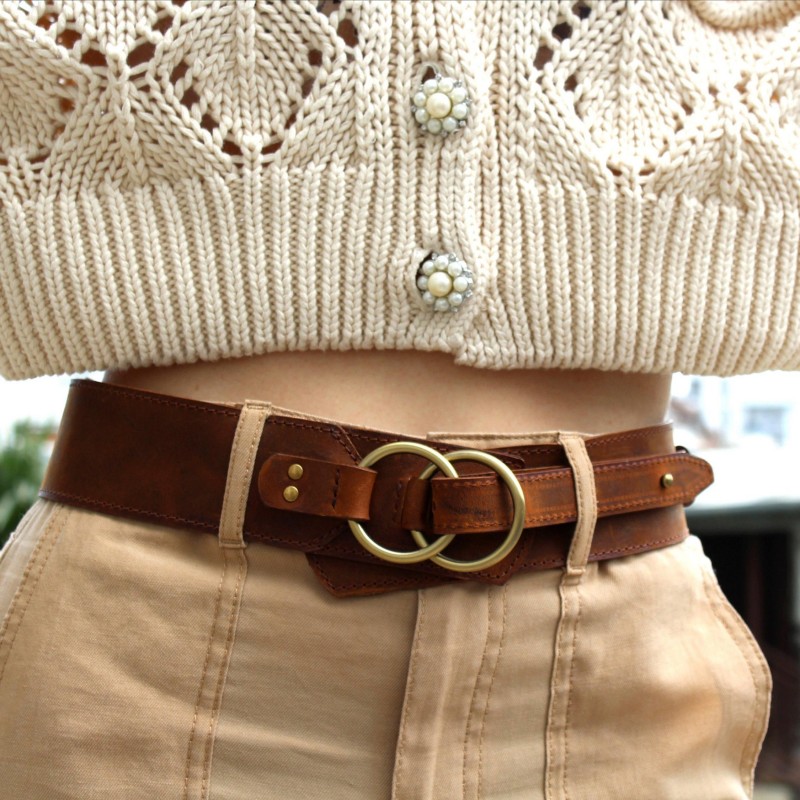
Types of Plus Size Belts
Understanding the different types of plus size belts can help you find styles that complement your wardrobe and fit comfortably.
Casual Belts
Casual belts are typically made from a variety of materials, including fabric, leather, or synthetic materials. These belts can enhance everyday outfits, such as jeans and t-shirts. Look for wide options to provide a comfortable fit while adding some flair.
Dress Belts
Formal occasions call for dress belts. These are generally narrower and are crafted from high-quality materials, like genuine leather. Dress belts often feature sleek designs that complement suits or dress pants. Regulating belt height with your outfit enhances sophistication.
Fashion Belts
Fashion belts come in an array of styles, colors, and embellishments. Whether it be a printed fabric belt, a braided leather option, or a chic statement belt, these can elevate outfits by adding color or visual intrigue. Fashion belts can also serve as a focal point in your ensemble.
Wide and Statement Belts
Wide belts are perfect for defining the waist and can be trendsetting pieces in any outfit. Plus size wide belts can add a touch of glamour to dresses, blouses, or oversized tops, creating a flattering hourglass silhouette. Availability in various materials, colors, and textures opens myriad styling possibilities.
Adjustable Belts
Adjustable belts often come with multiple notches or holes, providing flexibility for various waist sizes. This makes them an excellent option for plus size individuals who may face changing sizes or prefer a customizable fit.
Styling Your Plus Size Belt
Once you’ve selected the right plus size belt, the next step is learning how to style it effectively. The right belt can transform your outfit, enhancing your style while offering comfort.
Highlighting Your Waist
Using a belt to accentuate the waist helps create a flattering silhouette. Pair wide belts with flowy dresses or tunics to gather the fabric and define your waistline. This technique can create a balanced look, drawing attention to your figure.
Layering with Outerwear
Belts can also be crucial for layering outfits. Taking a long cardigan or kimono and adding a belt around the waist provides shape and interest. This creates a well-defined silhouette without sacrificing warmth or comfort while styling like a pro.
Pairing with Different Bottoms
Experiment with pairing belts with various types of bottoms. Use wider belts with high-waisted jeans or trousers to elongate your legs. Opt for narrower belts with skirts or shorts for a casual flair, creating versatility in your outfit combinations.
Using Color and Texture
Experiment with color and texture to elevate your outfit. Contrast a neutral-colored dress with a bold-colored or patterned belt for added visual interest. You can also mix textures, such as pairing a woven fabric belt with a smooth dress.
Layering Accessories
Incorporate multiple accessories alongside the belt. Wear statement earrings or chunky jewelry to draw attention while balancing your look. Using colorful bags that coordinate with your belt can also tie the outfit together seamlessly.
Finding the Right Belt for Your Body Type
Purchasing belts that suit your body type enhances your style and comfort. Understanding how to balance body proportions is essential for selecting the right options.
Pear-Shaped Body Types
For those with a pear-shaped figure, emphasizing the waist can create a flattering silhouette. Look for belts that rest at the natural waist and are wider to provide structure without adding bulk to the hips. High-waisted trousers or skirts paired with a belt enhance overall proportions.
Apple-Shaped Body Types
Apple-shaped individuals should consider wearing belts just over the hip, allowing for a relaxed fit without cutting into the waist. Opt for medium to wider belts in a darker color to create smooth lines that flatter the figure and avoid drawing attention to the midsection.
Hourglass Body Types
Hourglass body types can enhance their curves by highlighting the waist. Choose belts that are adjustable or feature embellishments to showcase the waistline. Look for belts that allow for layering to create a striking silhouette.
Rectangle Body Types
For rectangle body types, belts can add shape where there may be minimal definition. Wide belts worn around the waist help create curves and break the straight line. Layering with structured tops and bottoms also adds dimension to the overall appearance.
Care and Maintenance of Your Belts
Proper care will help prolong the life of your belts. Here are some maintenance tips to ensure they remain in excellent condition:
Cleaning Materials
Different belt materials require varying cleaning techniques. For leather belts, use a damp cloth and a mild leather cleaner to wipe down surfaces. Ensure the belt dries completely before storing it. For fabric or synthetic belts, follow the manufacturer’s cleaning instructions to maintain their appearance.
Avoiding Excessive Moisture
While some materials are more resistant to water than others, excessive moisture can damage belts. Protect your belts from rain or snow by thinking ahead. Try not to wear them during heavy precipitation, and avoid exposing them to sweating, which can damage the material over time.
Storing Properly
To maintain the shapes of your belts, store them correctly. Avoid folding belts; instead, hang them on a hook or store them flat to prevent creasing. Keeping them in a cool, dry place ensures durability while safeguarding against fading and other deterioration.
Regularly Inspecting for Damage
Take time to inspect your belts for signs of wear and tear. Check for loose stitching, cracks, or fraying edges, and address these issues promptly. Repairing minor damages before they escalate will prolong the life of the belt.
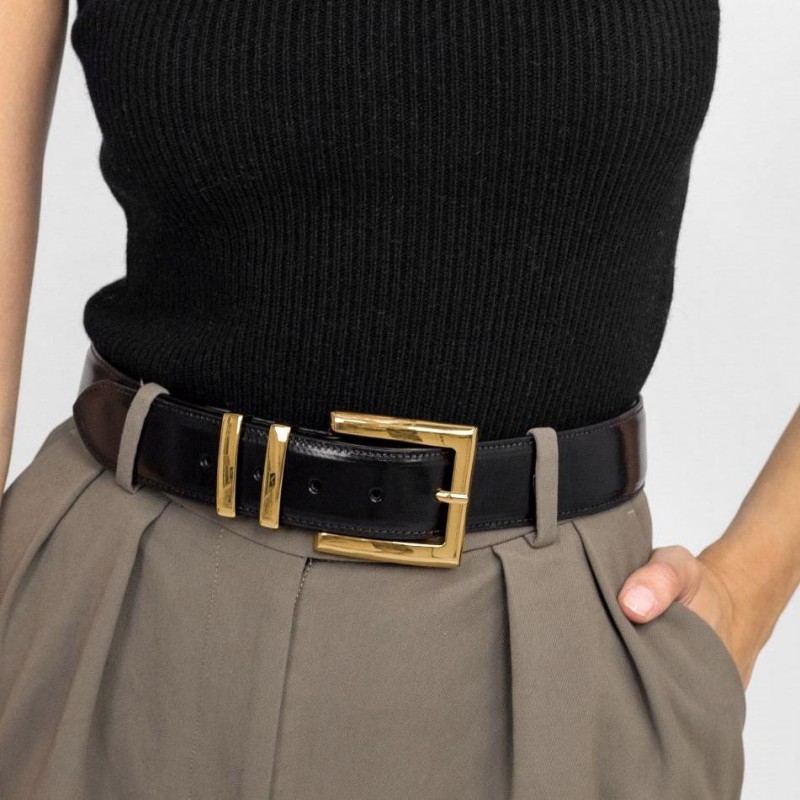
Conclusion
Navigating the world of plus size belts can open up new dimensions in styling and comfort. Awareness of plus size belt options and measurements is essential for choosing the right accessories that enhance your wardrobe. Understanding your measurements, exploring styles, and mastering the art of styling help create an empowering fashion experience.
Incorporate belts into your outfits to highlight your unique features, add visual interest, and achieve a polished look. Moreover, by utilizing proper care and maintenance techniques, you will ensure your belts remain stylish and functional for years to come. With this guide, you are now ready to embark on your journey to discover the best plus size belt options that cater to your specific taste and body type. Embrace the versatility and potential of these accessories, and enjoy the creativity they can bring to your wardrobe.
